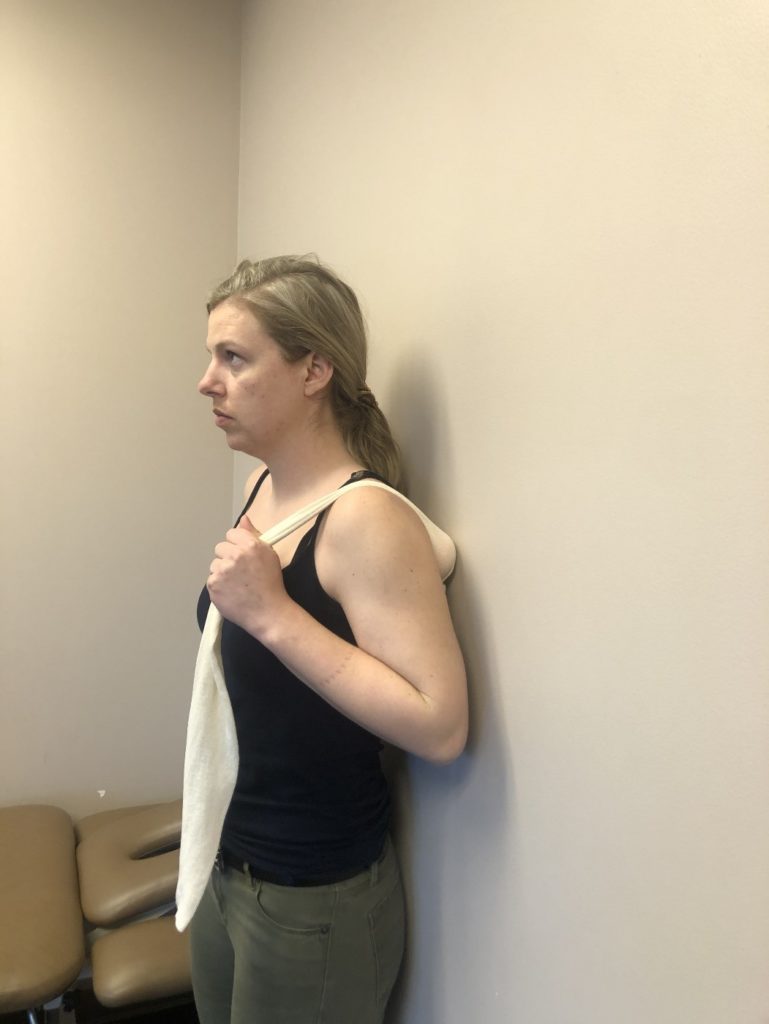What is a Trigger Point?
Have you ever experienced knots or tightness in your neck or shoulders after a long day at work or a strenuous workout? If yes, you are likely experiencing something called a trigger point in your muscle.
A trigger point is a tender “knot” or tight band in the muscle or fascia. It typically refers pain to another area of the body in a specific pattern depending on the muscle. There are two types of myofascial trigger points: active or latent. Active trigger points cause pain and limit range of motion. Latent trigger points typically do not cause pain, however, they may limit range of motion and cause weakness of the affected muscle. If you experience pain frequently and intensely, you will likely have more active trigger points.
Why do Trigger Points Need to be Addressed?
The number one reason would be to decrease pain. Secondly, as mentioned above, trigger points may cause weakness and limit range of motion. In most scenarios, people would say that the muscle should be strengthened. A muscle containing a trigger point is already contracted. By strengthening the muscle before inactivating the trigger point, it is putting more strain on the few available muscle fibers. The surrounding muscles would be doing the work instead of the muscle containing the trigger point.
Common Causes of Trigger Points
There are many factors that lead to trigger points; it is important to identify what is causing the trigger point. Begin treatment as soon as possible to avoid ongoing pain and potential to have other muscles become involved.
Injuries:
The most common cause of trigger points.
Constriction of muscles:
Prolonged constricting pressure on a muscle. For example, wearing a heavy backpack with a thin strap on a long hike would cause constriction to your shoulder muscles. Clothing that is too tight may cut off proper circulation and lead to the development of trigger points.
Ergonomics:
Poorly designed furniture that does not fit you places stress on your muscles that can lead to the development of trigger points. Computer setup in the workplace and home should be evaluated for proper fitting chair, keyboard tray and computer screen at the correct height.
Body mechanics:
The following may all lead to stress placed on your muscles and cause trigger points:
- Sitting for prolonged periods of time
- Slouching
- Reading in bed
- Lifting improperly
- Repetitive movements
Self-Release Techniques
Below are techniques for common muscles in the shoulder that develop painful trigger points.
Upper Trapezius
The upper trapezius is a muscle that can hold a lot of tension and be associated with headaches and migraines. With the use of a theracane, apply light to moderate pressure to the upper trapezius (see picture below for proper placement of the theracane). Hold for a minimum of 8 seconds and a maximum of 60 seconds. The theracane is a “must have” for releasing trigger points at work or home.

Another way to release the upper trapezius is to pinch the upper portion of the muscle. Tilt your head slightly to the side you are working on to relax the muscle so that you are able to pinch it effectively.

Infraspinatus
Infraspinatus is one of the four muscles comprising the rotator cuff of the shoulder. Trigger points in this muscle are common in people who spend a lot of time on the computer. Especially on the side that is used to perform “mousing.” To release this muscle, lie on the affected side with your shoulder elevated (as seen in picture below). Recommend using a softer ball (tennis ball) as this muscle can be quite tender.

Another way to release this muscle is to place a tennis or lacrosse ball in a pillowcase or a nylon stocking. Then place it over the shoulder (see picture below). Lean against the wall with as much pressure as tolerated and hold this for up to one minute.

Teres Major
Lie on the affected side with the arm above your head. Place ball in the armpit (see picture below for proper placement). Hold for up to one minute.

When to Seek Professional Help?
Typically, you should get positive pain relief using the techniques described above. If your symptoms continue despite trying the recommended self-release techniques, come see us at Alaska Hand Rehabilitation. Call (907)563-8318 to schedule a free screen to see how our therapists can help you!
References
Delaune, V. (2011). Pain relief with trigger point self-help. Chichester: Lotus Publishing.
Travell & Simons’ Myofascial Pain and Dysfunction: The Trigger Point Manual. Baltimore: Williams & Wilkins, 1999.
Written By: Allison Horazdovsky OTD, OTR/L, CHT



1 thought on “Trigger Points: Techniques to Release Knots in Your Shoulder”